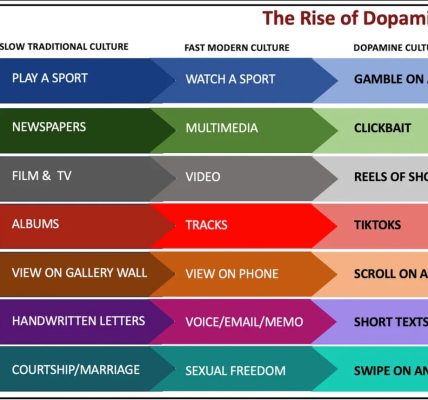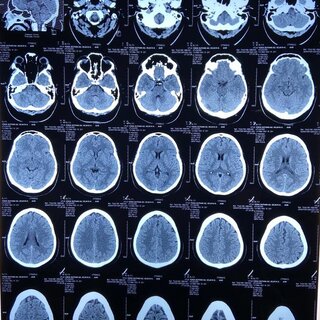Addiction — Instantaneous and Irreversible?

The startling news here is that one dose of morphine or cocaine can almost immediately (within three hours, anyway) initiate physical changes in the brain. This is thanks to neuroplasticity, which enables the brain to change in structure and function, in response to stimuli either intrinsic or extrinsic, and in reaction to experience and factual input.
Neuroplasticity enables us to absorb and analyze information, and to adapt to new situations and environments — in other words, to learn. It is in fact essential to learning, attention, and memory. The brain can grow, reorganize, or as we say nowadays, “rewire” itself to meet changing needs.
Myelin, explains science writer Nina Bai, is fatty insulation that facilitates the movement of electrical signals through nerves. When particular skills are learned, the circuits of the brain involved in that specific endeavor will acquire more myelin, helping signals to travel even faster and more efficiently.
After interviewing the pertinent study’s lead author, Belgin Yalcin, Ph.D., the journalist reported:
Even a slight thickening of myelin — in this case, by several hundred nanometers — can affect brain function and behavior. “Details matter in terms of myelin plasticity,” Yalcin said. “So little can make such a big difference in conduction velocity and the synchronicity of the circuit.”
All this stems from the work done by Stanford University researchers who have been looking into adaptive myelination, the neuronal process that normally accomplishes good results by helping the brain to improve itself. “As we practice new skills or abandon old habits,” Bai explains, “our brains […] continually adapt to what we do, strengthening or weakening neural pathways.”
The trouble is, it now appears that adaptive myelination can also facilitate morphine addiction — in mice, anyway. When the brain’s reward circuitry is myelinated in the maladaptive direction, drug-seeking behavior is reinforced:
[R]esearchers found that a single dose of morphine was enough to trigger the steps leading to myelination of dopamine-producing neurons — part of the brain’s reward circuitry — spurring the mice to seek out more of the drug.
Conversely, when the researchers caused myelination to be blocked, the mice lost interest in finding morphine.
In humans, the capacity for myelin development continues into the late 20s or even the early 30s, according to the study’s senior author, Michelle Minje, M.D., Ph.D. What is more, even at that stage, specialized cells known as oligodendrocytes, found in some regions of the brain, will continue to generate myelin. Almost a decade ago, Dr. Monje’s lab….
[…] reported that stimulating the premotor cortex of mice increased the myelination of neurons there and improved limb movement. Subsequent studies by her lab and collaborators have found that mice need adaptive myelination for spatial learning — to navigate a maze, for example, or to remember a threatening situation.
In this latest study, it was found that a single hit of cocaine or morphine would lead to….
[…] a proliferation of the specialized stem cells that are destined to become myelin-producing oligodendrocytes. The proliferation was isolated to a brain region known as the ventral tegmental area, which is involved in reward learning and addiction.
Given the choice, the mice hung out in the area of their residence where morphine might occasionally show up. When it did, the morphine…
[…] stimulated the mice’s reward circuitry (specifically, the dopamine-producing neurons in the ventral tegmental area), increased the myelination of these neurons and tuned their brains for further reward-seeking behavior.
All this matters in the addiction recovery field because, as Dr. Monje explains, this change process might be reversible, might work both ways, because myelination of a circuit might be caused to either increase or decrease, and “Perhaps the process can be reversed and an addiction unlearned.”
Written by Pat Hartman. First published June 7, 2024.
Sources:
“Myelination in the brain may be key to ‘learning’ opioid addiction,” Stanford.edu, 06/05/24
Image Copyright: ASCCC OERI/ATTRIBUTION 2.0 GENERIC




